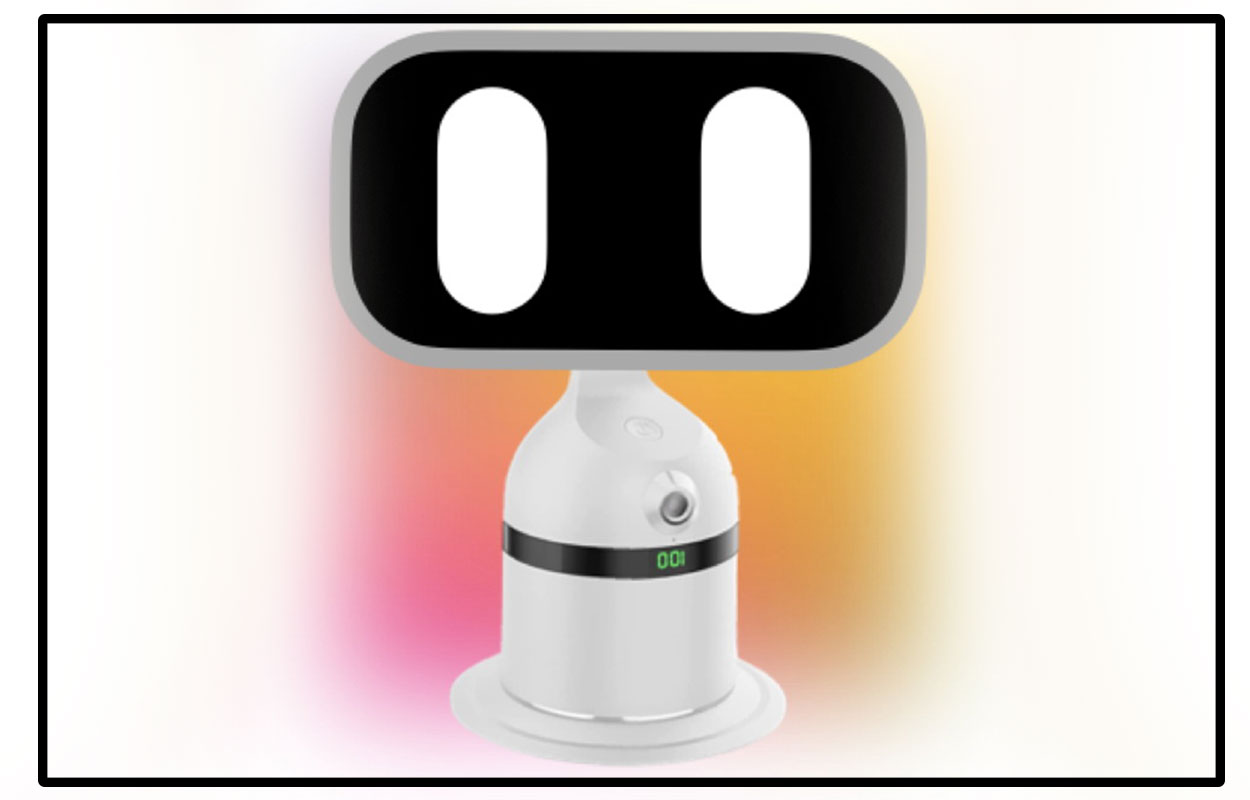Understanding ADHD Inattentive: A Guide for Parents, Educators, and Individuals Experiencing It
Attention Deficit Hyperactivity Disorder with Predominantly Inattentive Presentation (ADHD Inattentive) is a neurodevelopmental condition that affects attention, focus, and organization in those who experience it. Unlike combined or hyperactive-impulsive ADHD, ADHD Inattentive does not involve high levels of hyperactivity or impulsivity. This can make it harder to detect, especially in school and family settings. In this article, we will explore what ADHD Inattentive is, its symptoms, associated risks, and strategies for managing it.
What is ADHD Inattentive?
ADHD Inattentive is characterized mainly by difficulties in maintaining attention, following instructions, and completing tasks. This condition is more common in girls and women, who often display fewer disruptive behaviors compared to boys with combined or hyperactive-impulsive ADHD. As a result, many individuals with this type of ADHD remain undiagnosed until adolescence or adulthood.
Symptoms of ADHD Inattentive
The main symptoms include:
- Easily Distracted: External elements like noises or conversations constantly interrupt their attention.
- Difficulty Concentrating on Tasks or Activities: They may appear uninterested or distracted, even during important activities.
- Organizational Challenges: They struggle with planning or prioritizing activities, which can lead to delayed responsibilities.
- Frequent Forgetfulness: They leave tasks unfinished or lose necessary items like books, keys, or school supplies.
- Careless Mistakes: Especially in tasks requiring attention to detail, such as schoolwork or job responsibilities.
- Trouble Following Instructions: They often get distracted during task explanations and may forget important steps.
- Tendency to Avoid Prolonged Tasks: Particularly those requiring continuous mental effort, like studying or detailed projects.
Associated Risks
If undiagnosed or untreated, ADHD Inattentive can lead to:
- Poor Academic Performance: Due to difficulty concentrating and completing tasks.
- Self-Esteem Issues: A lack of understanding can result in frustration and insecurity.
- Workplace Challenges: Adults may face difficulties managing time and meeting work demands.
- Interpersonal Problems: Inattention may be perceived as disinterest, affecting personal relationships.
- Anxiety and Depression: These conditions may develop as a result of ongoing struggles with ADHD.
Managing ADHD Inattentive
Thankfully, there are various strategies and treatments to help individuals with ADHD Inattentive manage their symptoms effectively.
Educational Interventions and School Support
- Classroom Accommodations: Allow extended time for tasks and exams, and create distraction-free environments.
- Use Visual Tools: Task lists, graphic organizers, and visual reminders.
- Positive Reinforcement: Recognize and reward effort and achievements, no matter how small.
- Provide Clear, Concise Instructions: Use straightforward language and avoid giving too much information at once.
- Strategic Seating Assignments: Place the student near the front of the classroom to minimize distractions.
- Use Visual and Auditory Aids: Diagrams, board summaries, and recordings can reinforce key concepts.
Home Strategies
- Establish Stable Routines: Set consistent schedules for daily activities such as studying, meals, and rest to reduce uncertainty and improve organization.
- Break Tasks into Steps: Divide large projects into smaller, manageable steps, with breaks in between.
- Use Visual Reminders: Task charts, calendars, and alarms can help children remember their responsibilities.
- Acknowledge Achievements: Positively reinforce whenever a child completes a task or reaches a goal, no matter how small.
For Individuals with ADHD Inattentive
- Practice Mindfulness: Techniques like mindfulness or meditation can enhance concentration.
- Use Organization Apps: Digital tools like calendars and task lists can be very helpful.
- Set Achievable Goals: Establish realistic daily objectives and celebrate each accomplishment.
- Seek Professional Support: Coaching for ADHD or cognitive-behavioral therapy can help develop specific skills to manage the disorder.
Suitable Therapies
- Cognitive Behavioral Therapy (CBT): Helps individuals identify negative thought patterns and develop strategies to improve attention and organization.
- Occupational Therapy: Beneficial for improving organizational and time management skills.
- Social Skills Training: Encourages better interactions and interpersonal relationships.
- ADHD Coaching: Provides personalized support to set goals and develop daily management strategies.
Medication
In some cases, stimulant or non-stimulant medications may be recommended to improve attention and reduce inattention. It is essential to work with a healthcare professional to determine if this approach is suitable.
Support for Parents and Educators
- Education: Understanding ADHD Inattentive is the first step in supporting those who experience it.
- Patience and Empathy: Recognize that behaviors are not intentional but part of the disorder.
- Collaboration: Work with teachers, therapists, and other professionals to create an environment that promotes success.
Conclusion
ADHD Inattentive can present significant challenges, but with the right support, individuals with the condition can develop tools to manage their symptoms and reach their potential. It is crucial to foster understanding and acceptance, both at home and in school, to create an inclusive environment where every individual can thrive.
In Resources, you will find materials designed to help parents and educators, with tools to promote inclusion and activities for children to understand what they are experiencing and how to manage it positively. Our goal is to provide families and educators with the knowledge and tools needed to build a more inclusive and empathetic environment. Explore and join us in raising awareness together!













